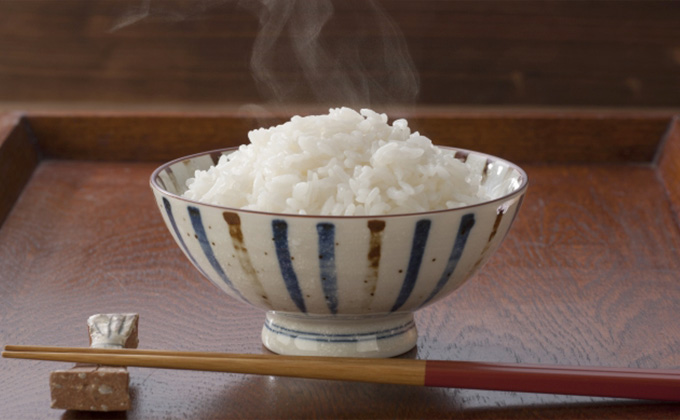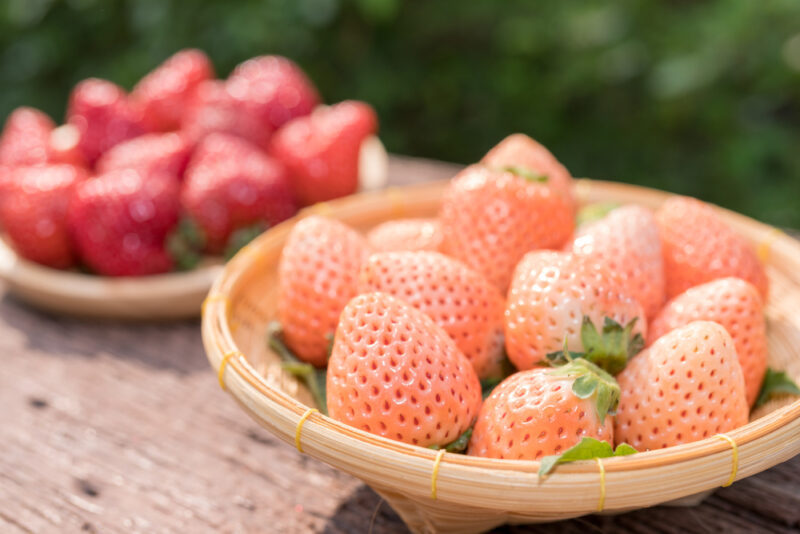Japanese shoku bunka (食文化, “food culture”) is not unknown to the world. From sweet and chewy mochi to flavorful and savory sushi, Japan has definitely left an incredible impression on the palates of foodies worldwide. Yet what foreign diners often fail to appreciate is the meaning behind these foods—how each of them developed within the context of economic class standing, social power, and cultural prestige in Japan.
Defining Japanese Cuisine
“Cuisine” is a method of cooking in relation to the practices and preferences of a particular place or group of people. Contextually, Japanese cuisine can be quantified into something distinct and consistent. In this article, we will discuss the different cultural symbols, traditional ideas, and other beliefs that define Japanese cuisine today.
The Bounty of the Land
As an archipelago with a long history of agriculture, Japan has its cuisine’s key element as fresh ingredients. After all, what is food if not nature transformed by culture? Similarly, food culture is also shaped by nature—what can be eaten and when it can be eaten rely on the land and seasons. Hence, Japan’s food culture is also largely defined by the bounty of the land.

Similar to many Asian countries, rice is the central element of food in Japan. It serves both a practical and symbolic purpose in the country.
Rice was the hallmark crop of East Asia and South-East Asia, primarily because the monsoons in the regions coincided with the crop’s growth cycle and allowed for the creation of complex irrigation systems that made farming easier. In fact, the development of Japanese civilization was built around rice cultivation. Many Shinto myths tie back to rice, with rituals scheduled around the calendar of rice production.
Even today, the Emperor transplants rice seedlings into a paddy within the Imperial Palace in Tokyo. Beyond this, the Emperor celebrates many of the events within the same agricultural calendar that people hundreds of years ago followed. This calendar reflects cuisine, and it is constructed on the basis of seasonality.
The Culture of Seasonality

With the rise of globalization, food items can be easily imported regardless of the season within the country. Thus, people in freezing climates can enjoy tropical fruits! Nevertheless, Japan still places great importance on the seasons and its harvest. An example is seafood—fish of the same species may have different names in Japan depending on when and where they were caught.
Related to the concept of seasonality, the Japanese also value the hatsumono (はつもの, “first crop of the season”). The first harvest is celebrated in the country as it signals the arrival of a new season.
Events and Food

Aside from cultivation and harvest, the culinary calendar also marks special occasions associated with specific food. For instance, New Year’s is an auspicious event with many food associations. Like in many other Asian countries, the tradition of eating long noodles to hope for a long and prosperous life is traditional in Japan. Moreover, many osechi-ryōri (御節料理, foods served in the New Year’s) are deemed as such due to their colors or word meanings.
Crabs and lobsters are favored for their red and white colors, which are considered celebratory colors. During mid to late summer, unagi (うなぎ, eel) is consumed as it is believed to protect the body against extreme heat. At festivals and celebrations, the lucky red-and-white combinations of red beans and sticky rice are usually eaten. These long-held food beliefs are part of Japan’s shoku bunka. They represent Japanese’ traditions and values.
The Historical Development of Food in Japan
Of course, the development of Japanese cuisine did not occur in a vacuum—to define what is “Japanese”, what is considered “not Japanese” also had to be quantified. In the first place, much of Japan’s traditional food culture is heavily influenced by its neighbors. With similar environments and cultures, many Japanese food items and methods of preparation are shared with other East and South-East Asian countries. Beyond this traditional culture, Japanese food evolved throughout the centuries.
The Columbian Exchange
After the voyages of Columbus, the Columbian Exchange became prevalent in Asia, with the New World and Old World exchanging people, plants, animals, and, of course, foodstuffs (e.g., potatoes and capsicum peppers).

Aside from ingredients, they also adopted different cooking techniques and practices from the Europeans that entered the country. For example, tempura (天ぷら) is generally regarded as Japanese today. However, it was actually an innovation influenced by the Portuguese staying in Kyūshū during that time.
European processed foods also entered the country. Kōhī (コーヒー, coffee), kasutera (カステラ, castella cake), and pan (パン, Portuguese bread) are some foreign loan words that are common in the Japanese vocabulary today.
The Tokugawa Period

In the 17th to 19th Century, Japan closed itself off to the world, restricting foreign trade and travel. Not just foreign travel, but travel between different regions was also limited, and local food cultures developed separately. However, higher-ranking officials were required to travel to and from the capital Edo on certain occasions, thus turning the city into a melting pot of sorts. Guidebooks described the culinary wonders of the capital city, and woodblock art prints depicted famous restaurants and eateries.
The country’s isolation did not mean stagnation of the country’s development of food. In fact, as peace and prosperity prevailed during this era, food processing and the development of industries became a priority for many regions. Many big manufacturers in Japan today can trace their roots to the Tokugawa period, like Kikkoman soy sauce and Mizkan rice vinegar.
The Meiji Period

During this era, Japan reopened its to foreigners once again, contributing to the rapid development of Japan in all aspects, including culinary. A flood of imported products rushed in, and the upper and upper-middle classes gained the opportunity to experiment with these ingredients.
The mix of Western foodstuffs with traditional Japanese meals made for interesting combinations. Beef, once forbidden by Buddhist proscriptions, was simmered in soy sauce to create a dish now known worldwide as sukiyaki.
Because of the emergence of new and unique foods, it was also around this time that shops began displaying plastic models of food outside their stores. This is to make it easier for local diners to understand what the foreign dishes are. Today, these plastic models are still commonly found in Japanese restaurants.
With the growing demand for Western food, companies like Meidiya were established to promote this new style of consumption. Soon enough, department stores and food courts became the center of upper and upper-middle-class consumption.
World War II
In the 20th century, the world experienced two world wars. The Japanese military was one of the most important institutions during that time, affecting how people lived and the meals they ate.
With a large number of soldiers, the military had to find a way to prepare standard meals that were easy to prepare in large batches. Furthermore, in an effort to maintain unity, class differences needed to be eliminated, even when it came to food.
Hence, foreign dishes such as curry rice, pasta, soups, and stews became commonplace. Consumption of meat also increased as soldiers had to improve their strength and stamina.

When Japan was defeated and the country was occupied by the Allied Forces, they brought with them a new wave of innovation in Japanese cuisine. Teppanyaki (鉄板焼き, “grilled on an iron plate”), now one of the most common dishes in Japan, was made to suit the preferences and large numbers of the occupiers.
American forces had a huge appetite for dairy products and meat, thereby affecting the Japanese palate after the war.
Postwar Japan

Immediately after the war, starvation became rampant in Japan. The economic recovery efforts focused primarily on developing export industries, hence changing the lifestyles of the Japanese. Large-scale manufacturers took over production, and imports became commonplace. Urban diets transformed to meet the new items in the market—bread and coffee for breakfast, curry for lunch and spaghetti for dinner became normal.
Soon, Western foods were no longer limited to the prosperous; they also became popular among the masses. In fact, the first McDonald’s in Ginza, Japan was met with immediate success. Food preparation at home became less common as processed foods in supermarkets and konbini transformed their diets.
Modern Era

Since then, Japan has found more innovative ways to improve the way they consume food. The industrialization of food production has resulted in the standardization of food items to cater to health standards and the mass marketing of even fresh ingredients—canned fish, canned fruits, and canned vegetables.
This industrialization has also redefined “traditional” Japanese cuisine. Many of the foods Japan is known for today are actually relatively recent inventions. For example, nigiri-zushi—the standard definition of sushi today—was actually only introduced in the mid-19th Century.
Today, Japanese cuisine is perhaps one of the most well-recognized in the world. It has contributed greatly to Japan’s soft power, allowing them to attract foreigners due to their cultural influence. Japanese cuisine is an icon of Japanese culture and identity. Hmm, the next time you’re enjoying a hot bowl of steaming sukiyaki, maybe it would be nice to remember how it came to be as well.















































